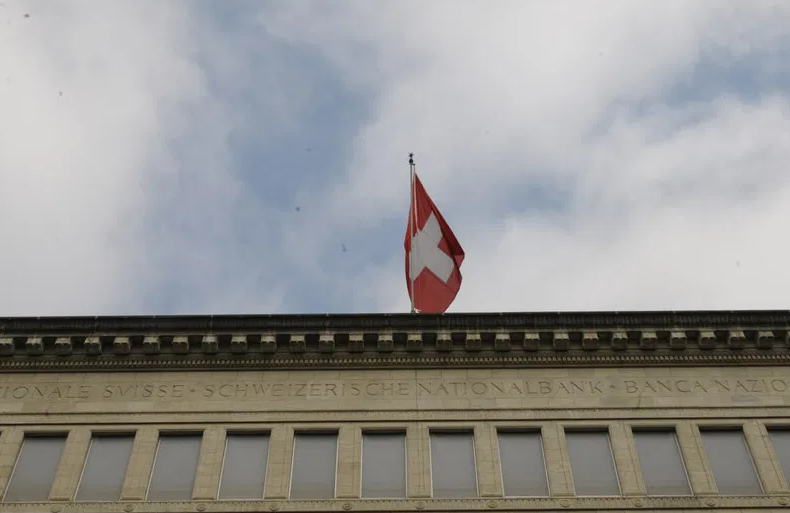© Michael Müller | Dreamstime.com In 2019, the Swiss National Bank (SNB) made a profit of around CHF 49 billion. These profits came mainly from the rising value of the assets on the bank’s balance sheet. In 2019, the value of its holdings of foreign currency and gold rose substantially. When combined with interest, dividend income and gains ...
Topics:
Investec considers the following as important: 1) SNB and CHF, Editor's Choice, Featured, newsletter, Personal finance, Politics, Swiss National Bank
This could be interesting, too:
Investec writes The global brands artificially inflating their prices on Swiss versions of their websites
Investec writes Swiss car insurance premiums going up in 2025
Investec writes The Swiss houses that must be demolished
Investec writes Swiss rent cuts possible following fall in reference rate

© Michael Müller | Dreamstime.com
In 2019, the Swiss National Bank (SNB) made a profit of around CHF 49 billion.
These profits came mainly from the rising value of the assets on the bank’s balance sheet. In 2019, the value of its holdings of foreign currency and gold rose substantially. When combined with interest, dividend income and gains on shares total profits for the year were CHF 49 billion. When combined with past retained profits, the SNB’s total accumulated profits rose to CHF 88 billion at the end of 2019.
Existing rules allowed the bank to pay shareholders a total of CHF 1.5 million and the federal government and cantons a total of CHF 2 billion. These rules, which were agreed in 2016, allow the bank to distribute an extra CHF 1 billion if it has more than CHF 20 billion of retained profits.
This week, the Federal Department of Finance (FDF) and the SNB signed an agreement which allows a further CHF 2 billion to be distributed to the federal government and cantons. The new agreement allows a further CHF 1 billion payment if retained profits exceed CHF 30 billion and another CHF 1 billion payment if they exceed CHF 40 billion, conditions that were met in 2019.
The challenge for the SNB is predicting the future. Profits can easily turn to losses, and it needs to make sure it has enough reserves to absorb such losses. For example, in the first half of 2015 the bank lost CHF 50 billion.
In addition, the SNB’s job is not to make money. It is to maintain price stability. Some worry that political expectations of profits might compromise the bank’s independence.
Tags: Editor's Choice,Featured,newsletter,Personal finance,Politics,Swiss National Bank
